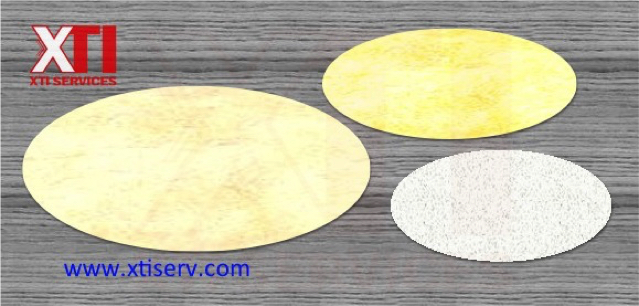Sputtering targets are materials used to create thin films in a technique known as sputter deposition or thin film deposition. During this process, the sputtering target material, which begins as a solid, is broken up by gaseous ions into tiny particles that form a spray and coat another material, which is known as the substrate. Sputtering targets can be made from a wide range of materials, including metals, alloys, and compounds. Some companies that specialize in supplying sputtering targets and evaporation materials include XTI Services and XTI Electronic Technology (Shanghai) Co., Ltd.
Basic requirements for PVD/ sputtering to take place:
- Power (Cathode/anode) -> plasma
- Gas (Ar), sometime air when contamination is not critical
- Deposition materials (Target)
- Vacuumn chamber (vacuum pump) -> also to prevent oxidation
High consumption are coming from foundries in CVD module (Endura tool), the materials or targets used are usually metals such as Al, Cu, Ti, W, TiN, Co..etc
Smaller (1~3″) and thinner disc foil targets are required from laboratories with sputtering coater. These coater deposits a very thin film over samples to be viewed in imaging tool such as SEM. The usual material that of these targets are conductive materials such as Au, Ag, C and Pt.
Targets used in R&D are least common but high demanding, they could be composition of metals and non metals. Composite targets require very experienced maker to produce finished product of high quality.
Evaporation materials are substances used in the process of thermal evaporation, which is a common method of physical vapor deposition (PVD). During this process, the evaporation material is heated in a vacuum chamber until it vaporizes. The vapor then condenses on a substrate to form a thin film. There are many different types of evaporation materials available, including pure elements, compounds, alloys, ceramics, intermetallics, and mixtures.

